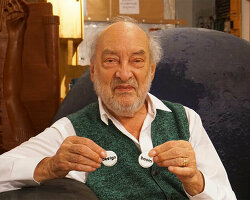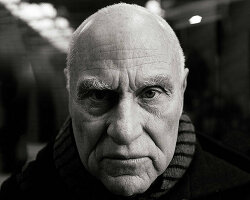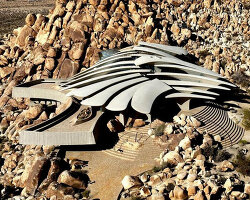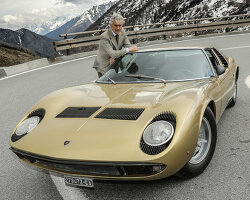KEEP UP WITH OUR DAILY AND WEEKLY NEWSLETTERS
PRODUCT LIBRARY
do you have a vision for adaptive reuse that stands apart from the rest? enter the Revive on Fiverr competition and showcase your innovative design skills by january 13.
we continue our yearly roundup with our top 10 picks of public spaces, including diverse projects submitted by our readers.
frida escobedo designs the museum's new wing with a limestone facade and a 'celosía' latticework opening onto central park.
in an interview with designboom, the italian architect discusses the redesigned spaces in the building.
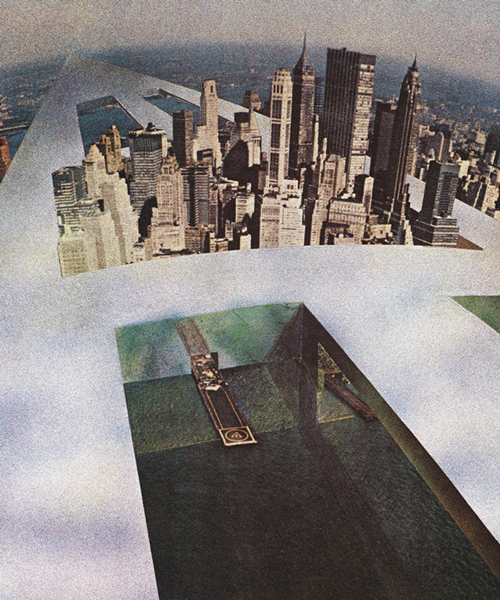
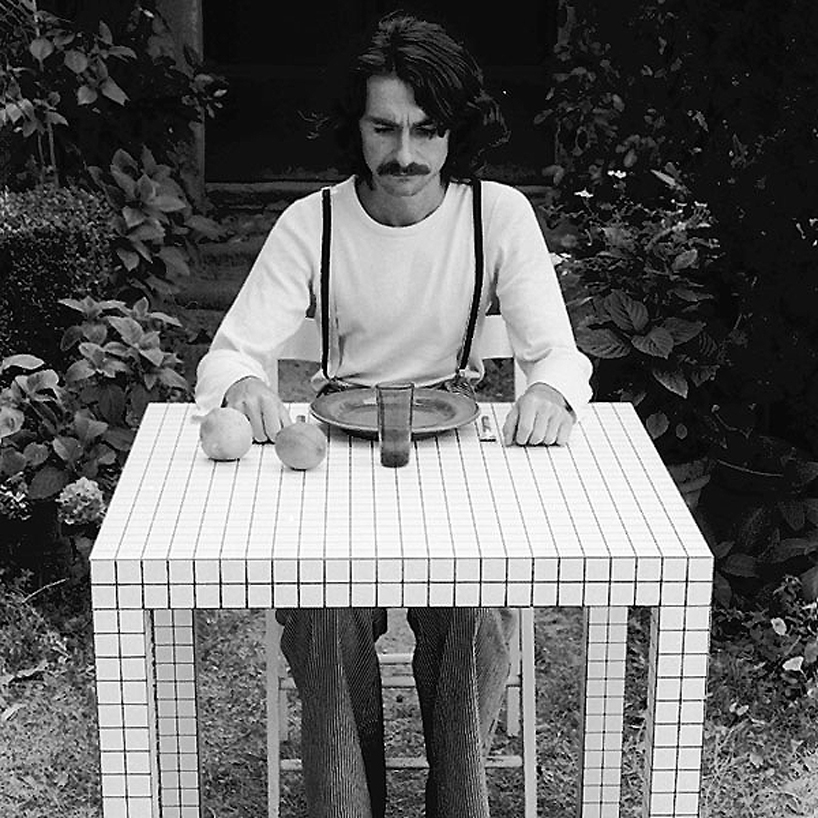 images courtesy of
images courtesy of 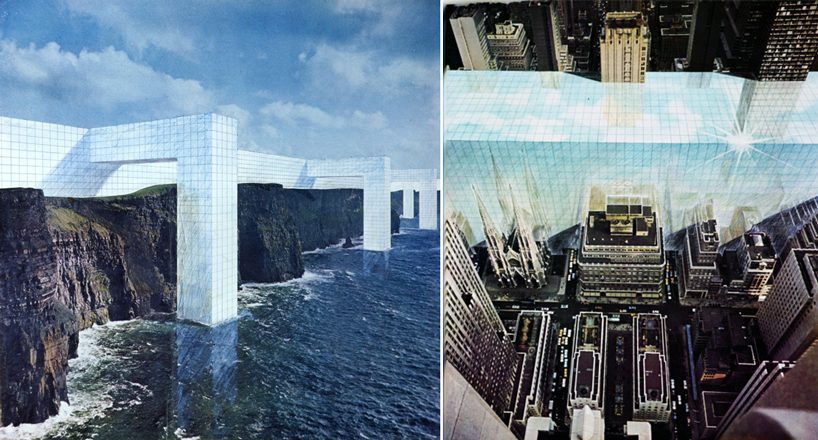 the continuous monument pushed to extremes the classical conception of the relationship between nature and architecture, city and country
the continuous monument pushed to extremes the classical conception of the relationship between nature and architecture, city and country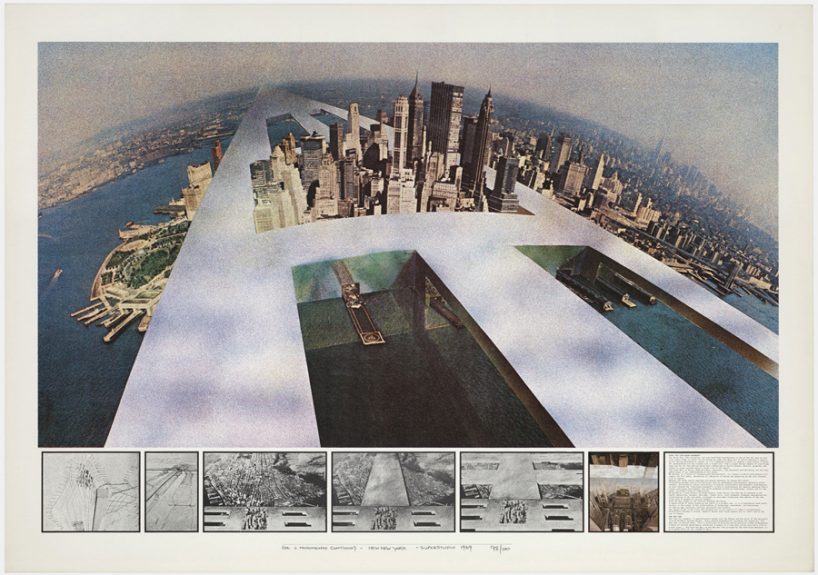
 photomontages from the supersurface project
photomontages from the supersurface project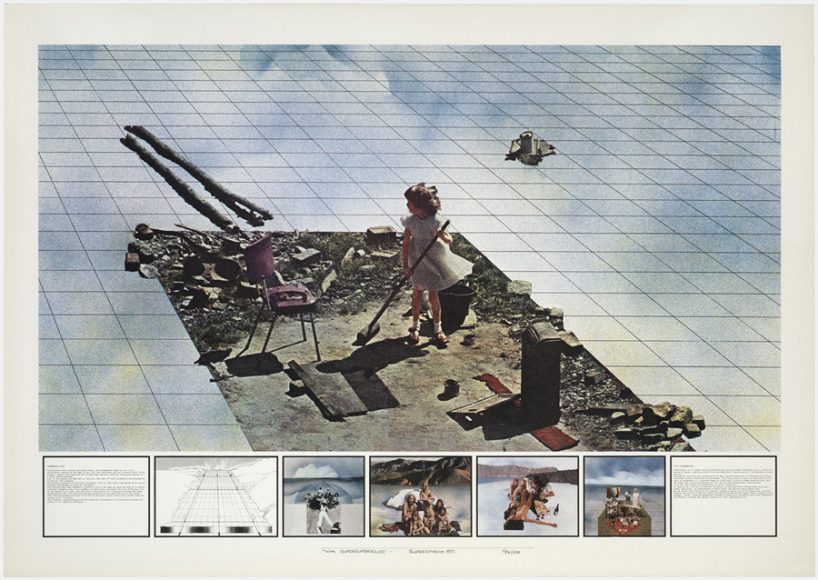
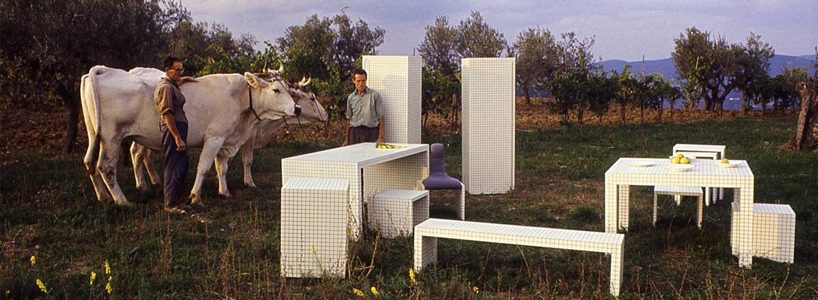 objects created using the non-continuous, three-dimensional diagrams from the histograms of architecture catalogue
objects created using the non-continuous, three-dimensional diagrams from the histograms of architecture catalogue 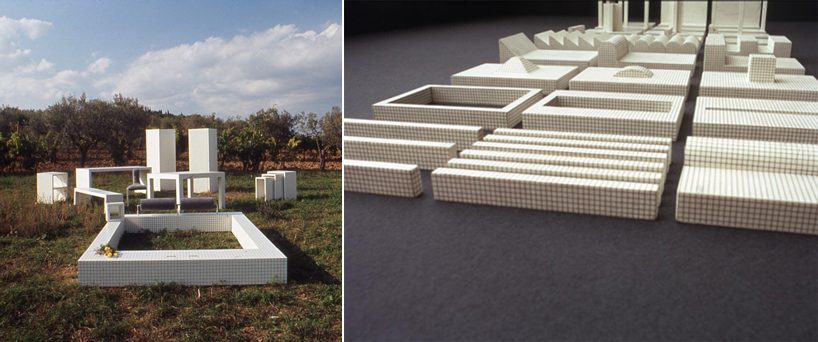 furniture and objects generated from the histograms of architecture catalogue
furniture and objects generated from the histograms of architecture catalogue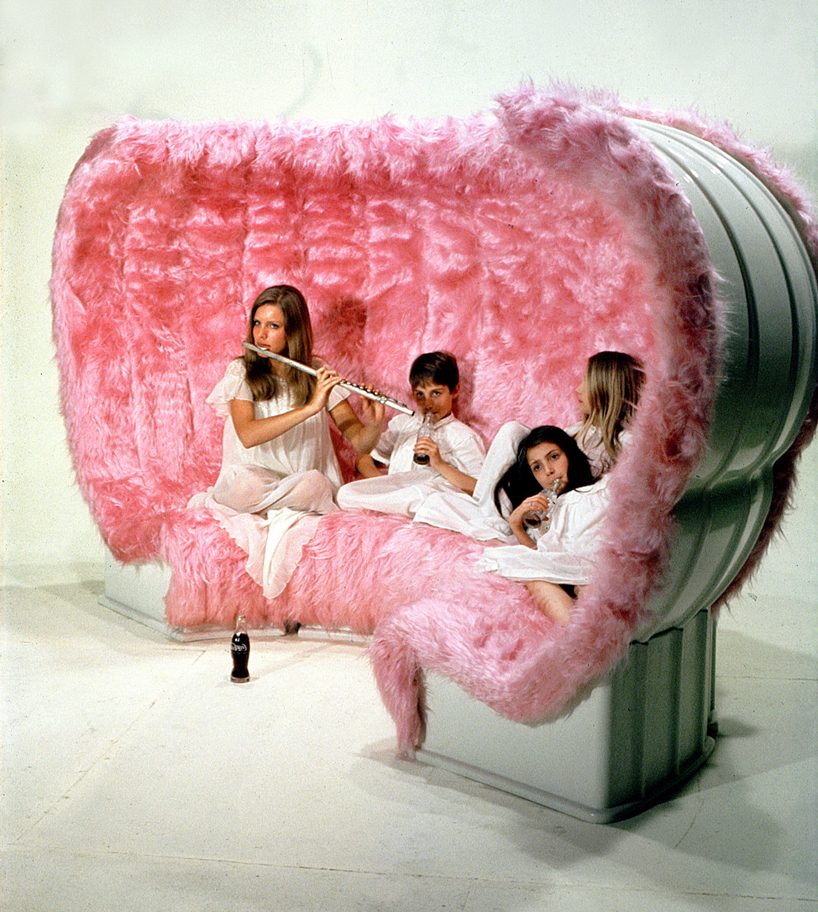 bazaar modular sofa, 1969, created under the group’s invention design and evasion design strategy
bazaar modular sofa, 1969, created under the group’s invention design and evasion design strategy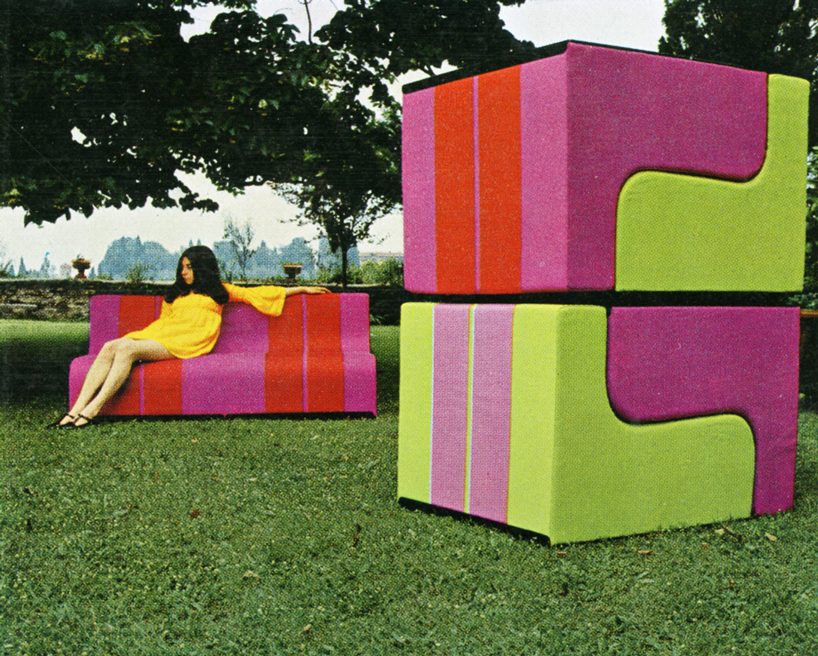 modular seat sofo, 1968
modular seat sofo, 1968 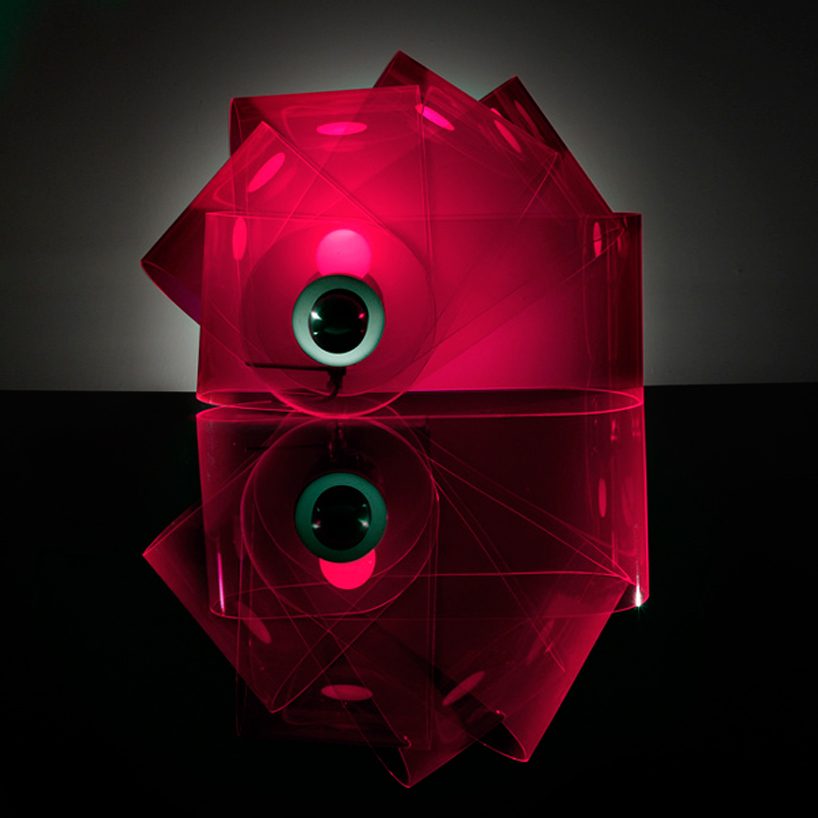 interactive gherpe table lamp, designed in 1968 for poltronova
interactive gherpe table lamp, designed in 1968 for poltronova 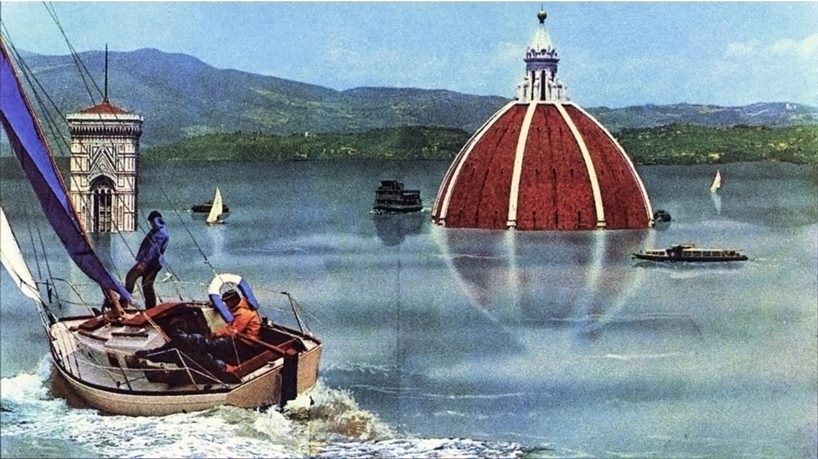 salvages of italian city centers (your italy) illustrated six proposals to save historic italian city centers
salvages of italian city centers (your italy) illustrated six proposals to save historic italian city centers
